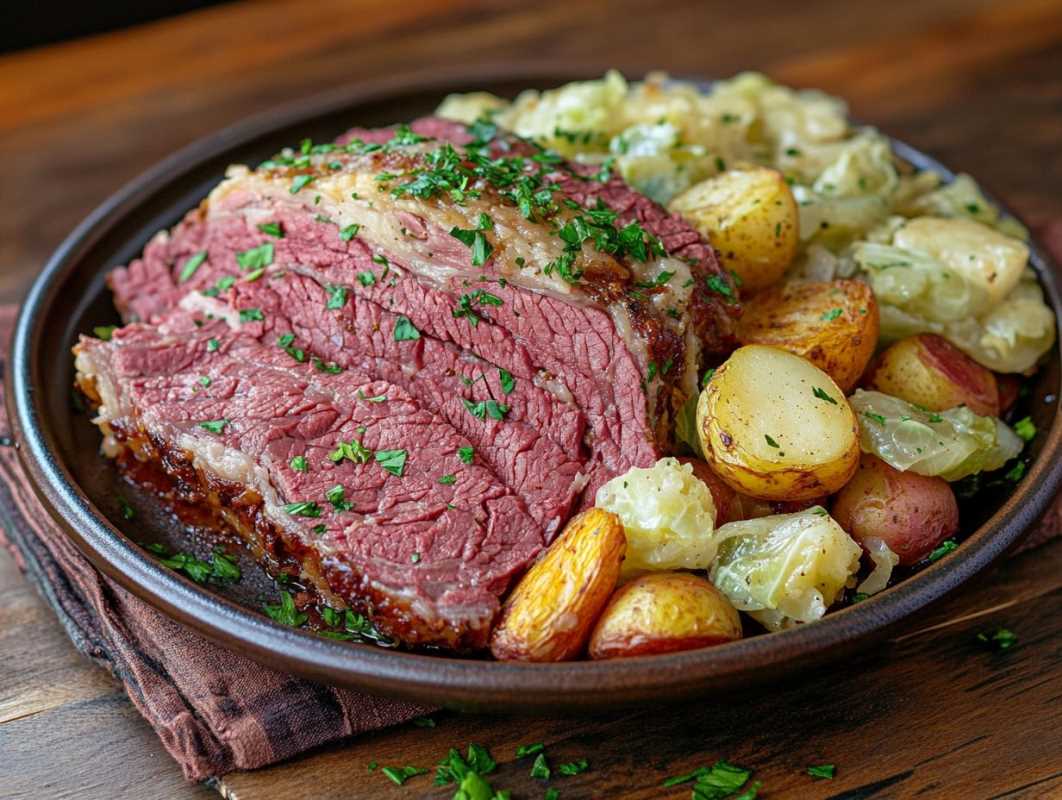If there’s one thing Germany knows how to do, it’s comfort food. German cuisine is all about hearty, flavorful dishes that leave you feeling full and content. From savory sausages to rich, creamy potato dishes, German cooking celebrates robust flavors and down-to-earth ingredients. Whether you’re reminiscing about a trip to Bavaria, dreaming of Oktoberfest, or just looking for satisfying comfort food, these seven German classics will win your heart and fill your plate.
We’ll walk through their stories, cultural significance, and even include recipes so you can bring a taste of Germany to your own kitchen. Get ready to roll up your sleeves and dig into some serious comfort food. Guten Appetit!
1. Bratwurst with Sauerkraut
No list of German comfort foods would be complete without bratwurst. These sausages are a centerpiece of German cuisine and an absolute Oktoberfest favorite. Grilled to perfection and often served on a bun or alongside a generous helping of tangy sauerkraut, bratwurst is the kind of meal that warms you from the inside out.
Cultural Significance
The term "bratwurst" comes from "brat," meaning finely chopped meat, and "wurst," meaning sausage. Each region in Germany offers its unique spin on bratwurst, with different spice blends, textures, and ingredients. They’re not just Oktoberfest fare; bratwursts are a common sight at barbecues and family meals across the country.
Recipe
- 4 bratwurst sausages
- 1 tbsp vegetable oil
- 2 cups sauerkraut
- 1 tsp caraway seeds
- 1/2 cup white wine
- Heat the oil in a large skillet over medium heat. Add bratwursts and brown on all sides (about 10 minutes).
- Remove the sausages and add the sauerkraut, caraway seeds, and white wine to the same skillet. Simmer for about 10 minutes.
- Return the bratwursts to the skillet and heat through. Serve with mustard or in a soft roll.
2. Pretzels (Brezel)
Another Oktoberfest staple, the pretzel, or "brezel," is iconic in German cuisine. With its deep brown crust, soft, chewy interior, and sprinkling of coarse salt, a freshly baked pretzel is irresistibly satisfying. Paired with a frothy stein of beer or dunked into some creamy cheese dip, pretzels make an unbeatable comfort snack.
Cultural Significance
Pretzels date back hundreds of years and have deep roots in German monasteries, where they were given as rewards for piety. Today, they’re a symbol of German hospitality and tradition, especially during festivals.
Recipe
- 4 cups all-purpose flour
- 1 tbsp sugar
- 2 1/4 tsp instant yeast
- 1 1/2 tsp salt
- 1 1/2 cups warm water
- 2/3 cup baking soda
- Coarse salt for topping
- Combine flour, sugar, yeast, and salt. Slowly mix in warm water to form a dough, then knead for 5-7 minutes.
- Divide the dough into 8 equal pieces, roll into ropes, and shape into pretzels.
- Boil a large pot of water with baking soda. Briefly dip each pretzel before placing on a baking sheet.
- Sprinkle with coarse salt and bake at 450°F (230°C) for 12-15 minutes until golden brown.
3. Sauerbraten with Red Cabbage
Sauerbraten, often referred to as Germany’s national dish, is a rich pot roast that’s marinated for days in a mixture of vinegar, wine, and spices. The result? Tender, flavorful meat that practically melts in your mouth. It’s usually served with red cabbage and potato dumplings, making it the ultimate meal for cold, rainy nights.
Cultural Significance
Sauerbraten’s roots go back centuries. Originally a way to tenderize tougher cuts of meat, it’s now a dish served for gatherings and celebrations. Each region of Germany has its own version, with slight variations in marinade or cooking technique.
Recipe
- 2 lbs beef roast
- 2 cups red wine vinegar
- 1 cup red wine
- 1 onion, roughly chopped
- 3 cloves garlic
- 2 bay leaves
- 4 whole cloves
- 1/4 cup sugar
- 1/4 cup raisins (optional)
- Marinate the beef roast in a mixture of red wine vinegar, wine, onion, garlic, bay leaves, and cloves for 2-3 days in the fridge.
- Remove the beef, sear it in a hot pan, then add the marinade back into the pot. Simmer for 2.5-3 hours.
- Add sugar and raisins in the last half hour of cooking. Serve with red cabbage and potato dumplings.
4. Schnitzel
Schnitzel may seem simple, but its crunchy, golden coating and juicy interior make it incredibly indulgent. This breaded and fried cut of meat is often made with pork or veal and served with a slice of lemon and a side of German potato salad.
Cultural Significance
Although its origins trace back to Austria (hello, Wiener schnitzel), schnitzel is a beloved dish throughout Germany. Served in homes, restaurants, and beer gardens, it’s an easy crowd-pleaser that’s stood the test of time.
Recipe
- 4 pork cutlets
- Salt and pepper
- 1/2 cup flour
- 2 eggs, beaten
- 1 cup breadcrumbs
- Oil for frying
- Pound pork cutlets until thin. Season with salt and pepper.
- Dredge each cutlet in flour, dip into beaten eggs, and coat with breadcrumbs.
- Heat oil in a pan and fry cutlets until golden brown on each side. Serve with lemon slices.
5. Spätzle
Spätzle is the German answer to pasta—but heartier and more rustic. These little egg noodles are soft, chewy, and often drenched in melted butter or topped with cheese and caramelized onions to make Käsespätzle.
Cultural Significance
Originating in southern Germany, especially Swabia and Bavaria, spätzle is a beloved comfort food that pairs well with rich gravies or as a side for meat dishes.
Recipe
- 2 cups all-purpose flour
- 4 eggs
- 1/2 cup milk
- 1 tsp salt
- Mix flour, eggs, milk, and salt into a thick batter.
- Drop small spoonfuls into boiling water or use a spätzle maker. Cook until they float, about 2-3 minutes.
- Toss with melted butter or layer with cheese and bake for Käsespätzle.
6. Rouladen
Rouladen is a dish made of thinly sliced beef rolled up with bacon, pickles, onions, and mustard. Simmered in a savory gravy until tender, it’s an incredibly flavorful dish that feels like a warm hug on a plate.
Cultural Significance
Rouladen is a traditional Sunday dinner dish in German households. It’s the kind of meal meant to be shared with family, often accompanied by red cabbage and mashed potatoes.
Recipe
- 4 beef slices (like flank steak)
- 4 slices of bacon
- 4 pickles, quartered
- 1 onion, sliced
- Mustard
- 2 cups beef broth
- Spread mustard over each beef slice and layer with bacon, pickle, and onion. Roll tightly and secure with toothpicks.
- Sear rolls in a hot pan, then add beef broth. Simmer for 1.5 hours. Serve with the gravy poured on top.
7. Black Forest Cake (Schwarzwälder Kirschtorte)
Ending on a sweet note, Black Forest cake is one of Germany’s most famous desserts. Layers of moist chocolate cake, whipped cream, and cherries combine for a dessert that’s indulgent yet surprisingly light.
Cultural Significance
Hailing from the Black Forest region, this dessert is often served at celebrations. The use of kirschwasser (cherry brandy) gives it its distinctive flavor.
Recipe
- 2 cups flour
- 3/4 cup cocoa powder
- 1 tsp baking powder
- 1 cup sugar
- 4 eggs, beaten
- 1 cup heavy cream
- 1 cup cherries
- 2 tbsp kirschwasser
- Combine flour, cocoa powder, baking powder, sugar, eggs, and cream in a mixing bowl until smooth.
- Divide the batter evenly into cake pans and bake until the layers are fluffy and cooked through at 350°F for approximately 30 minutes.
- Let them cool completely before assembling.
- Once the layers are ready, begin building your cake. Spread a generous layer of whipped cream on one cake layer, then add a handful of cherries soaked in kirschwasser for a rich, fruity flavor. Place another cake layer on top and repeat the process until all the layers are stacked into an irresistible masterpiece. Finally, cover the entire cake with more whipped cream and decorate with extra cherries or chocolate shavings for a finishing touch.
- Refrigerate for a few hours before serving to let the flavors set.
These hearty German dishes are celebrations of culture, family, and flavor. Whether you’re hosting an Oktoberfest party or just treating yourself to a comforting dinner, there’s plenty here to satisfy your cravings.
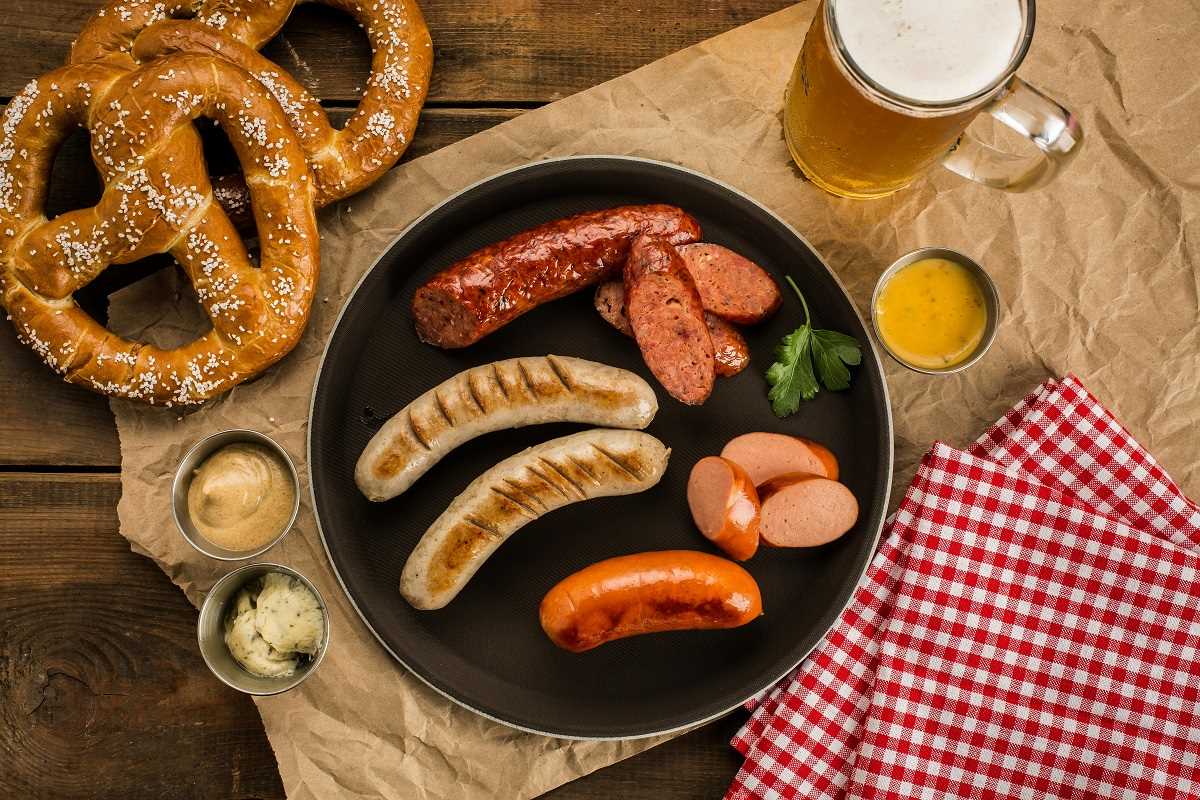 (Image via
(Image via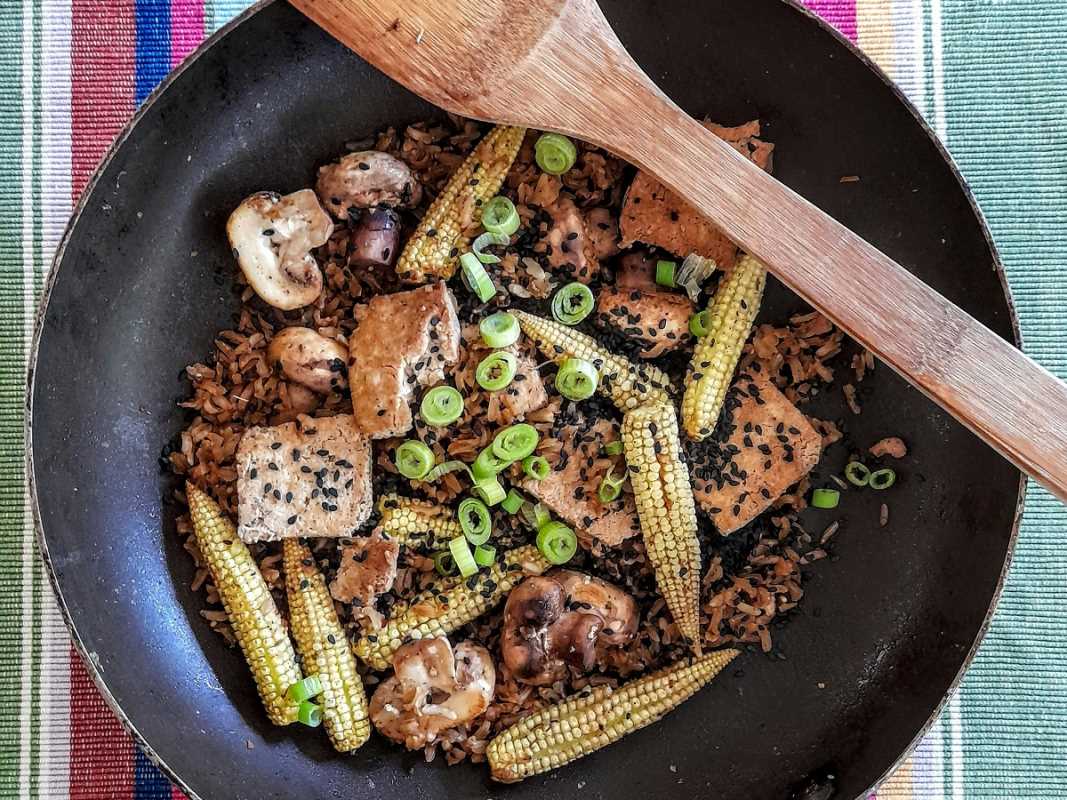
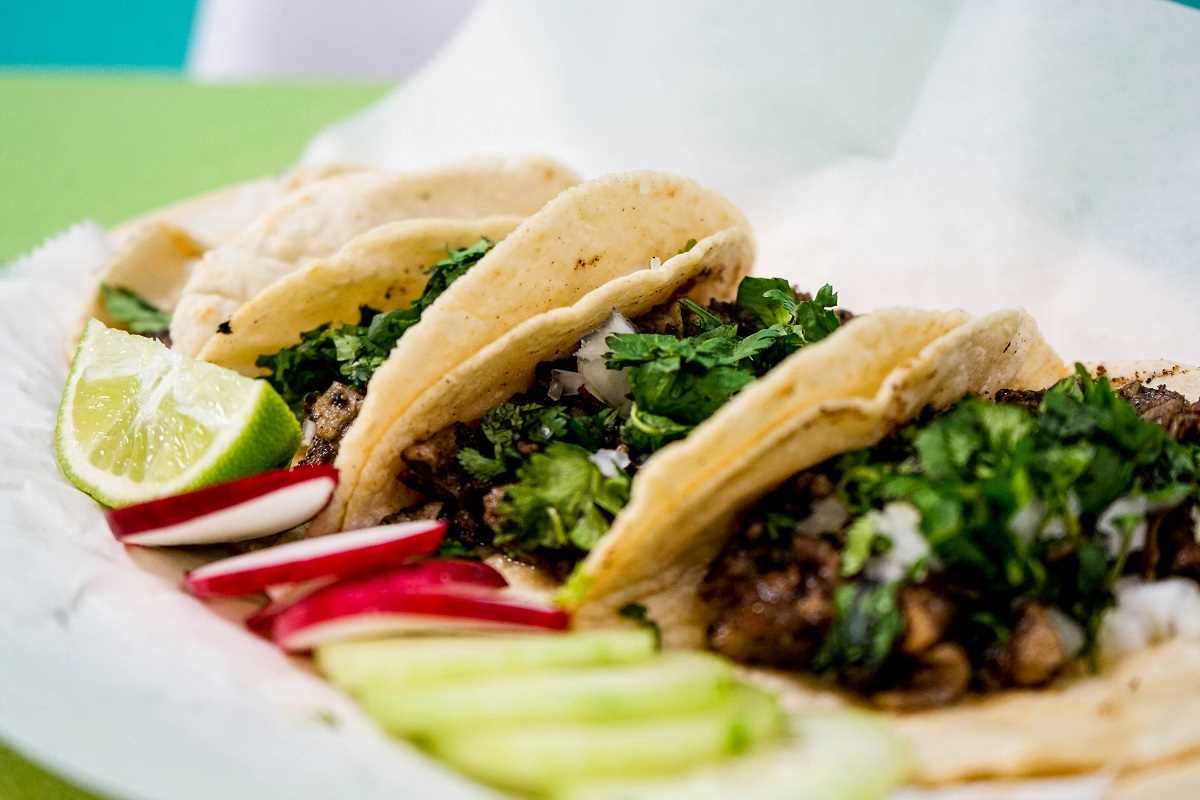
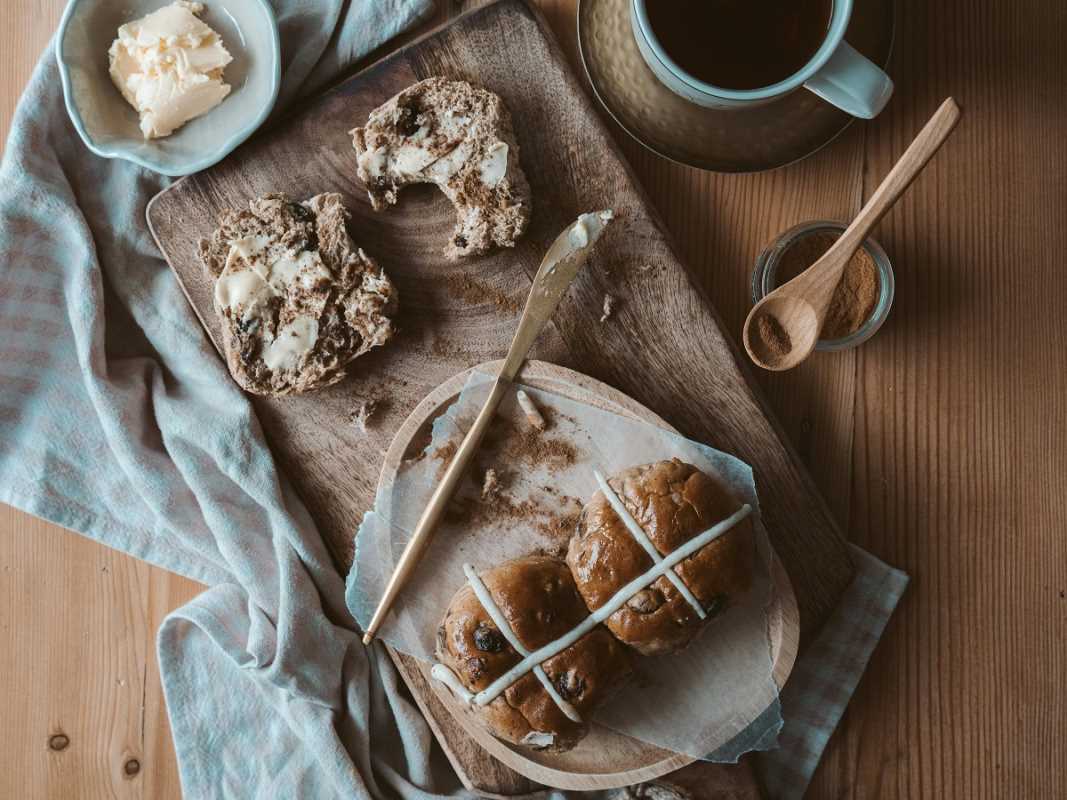


.jpg)
